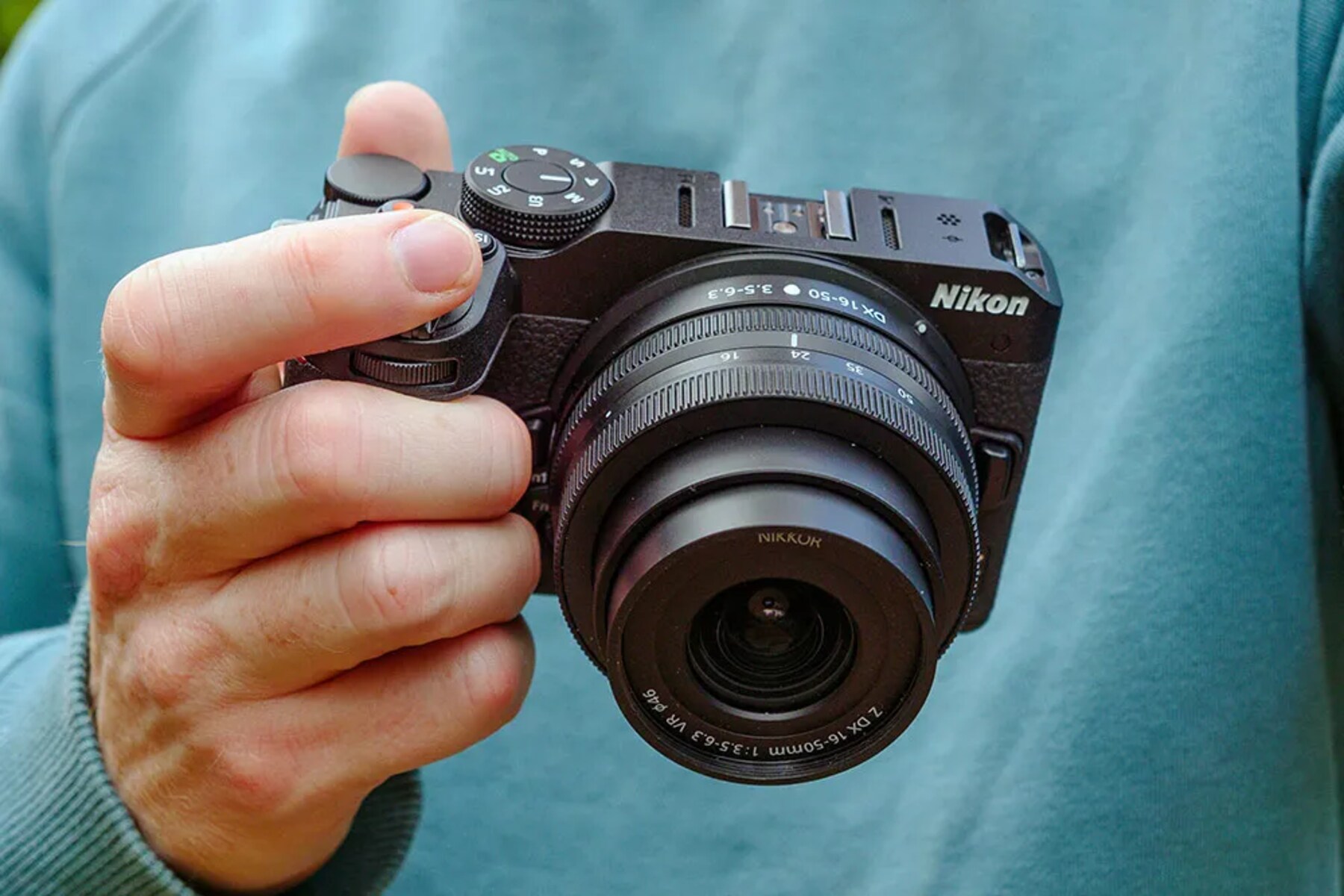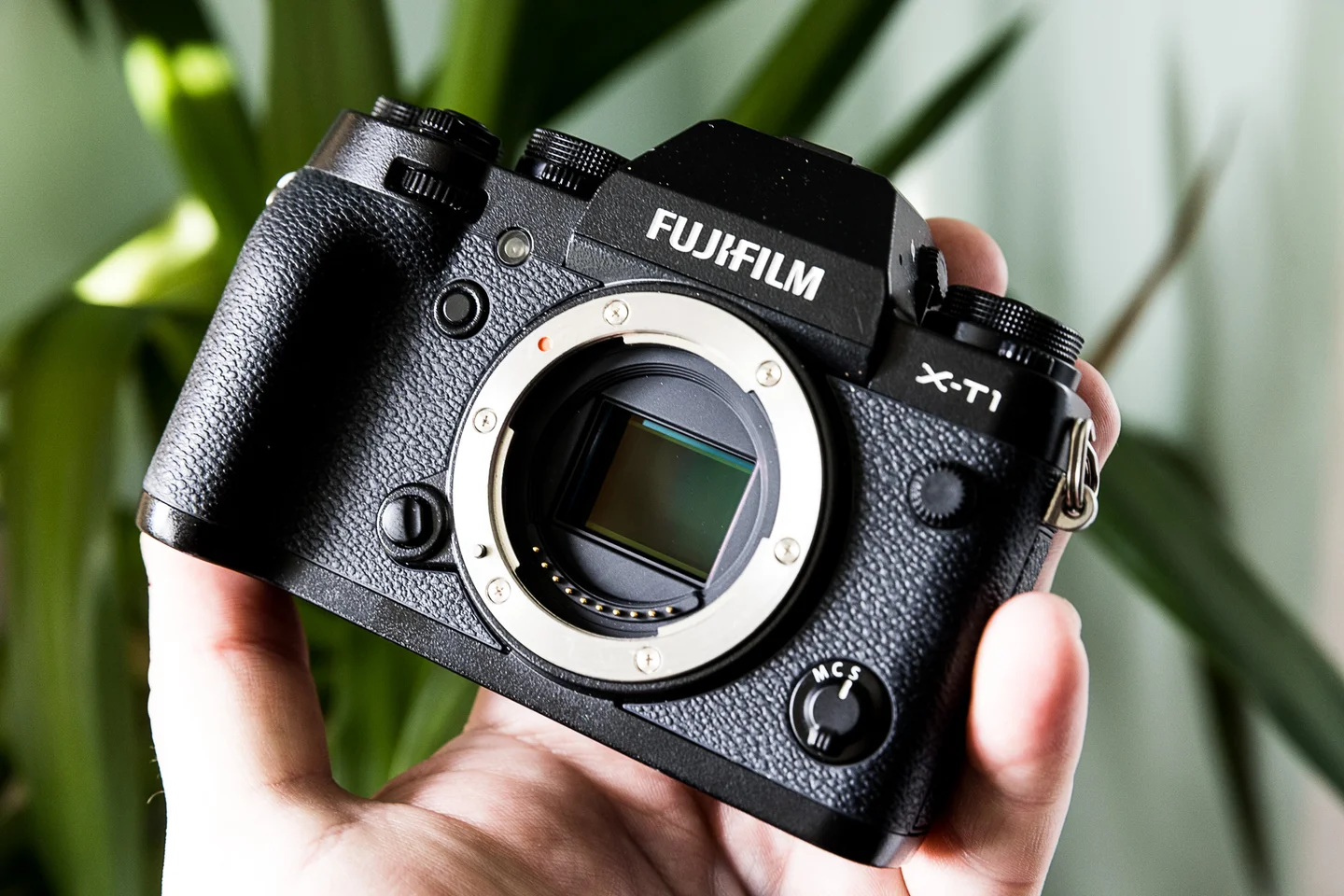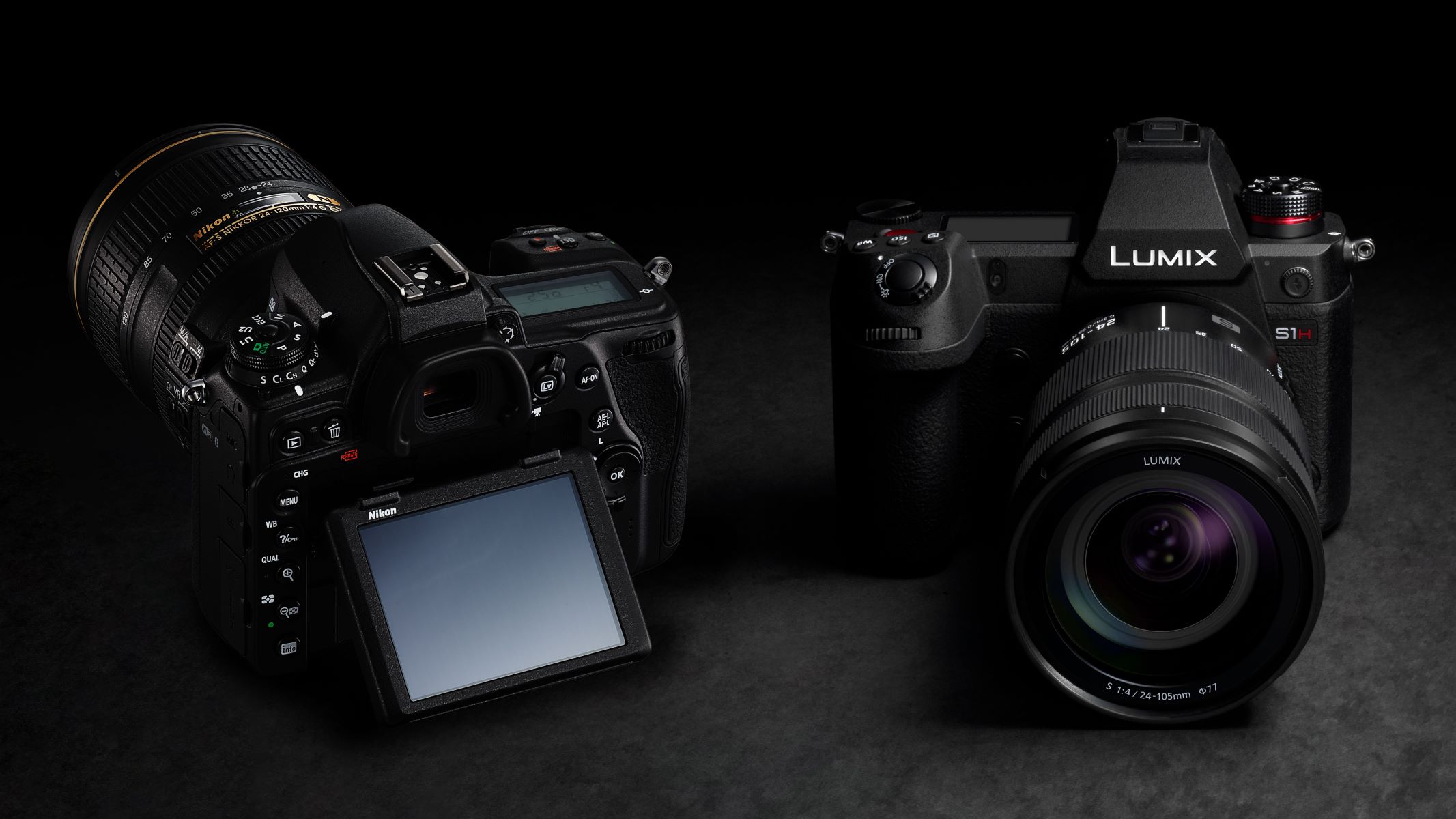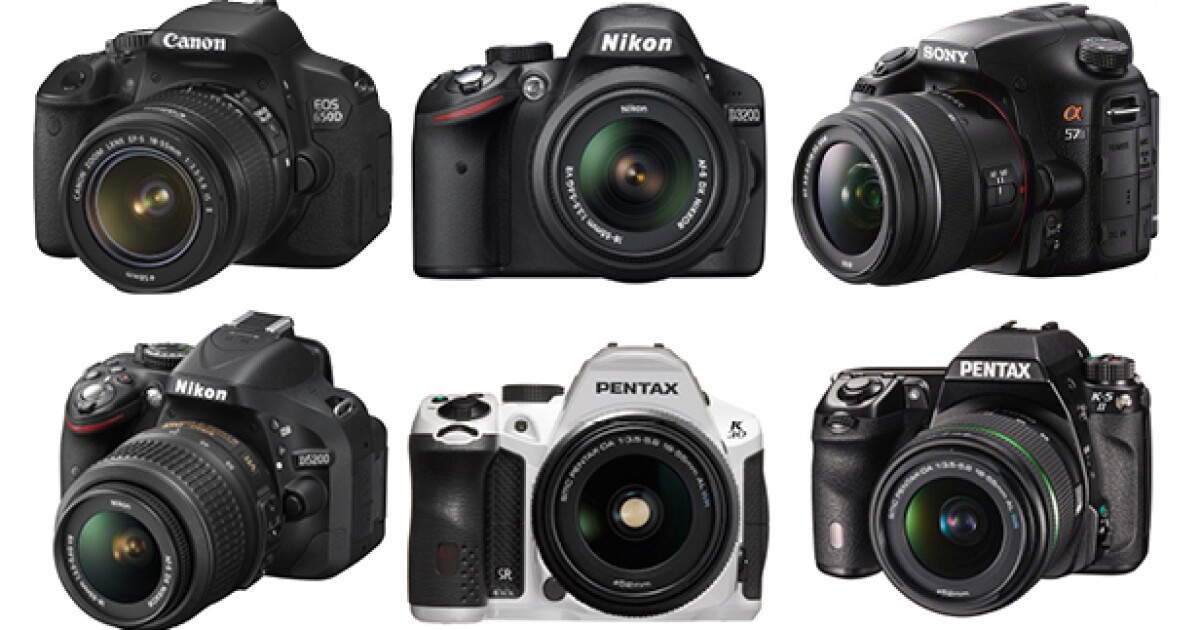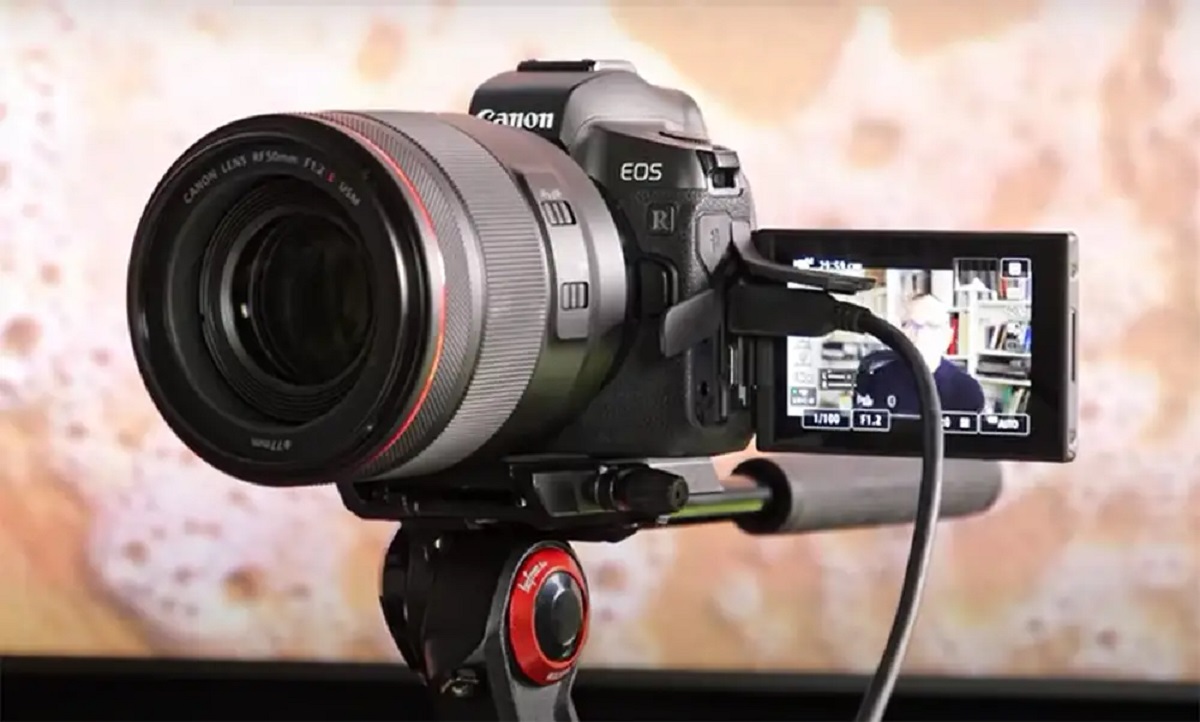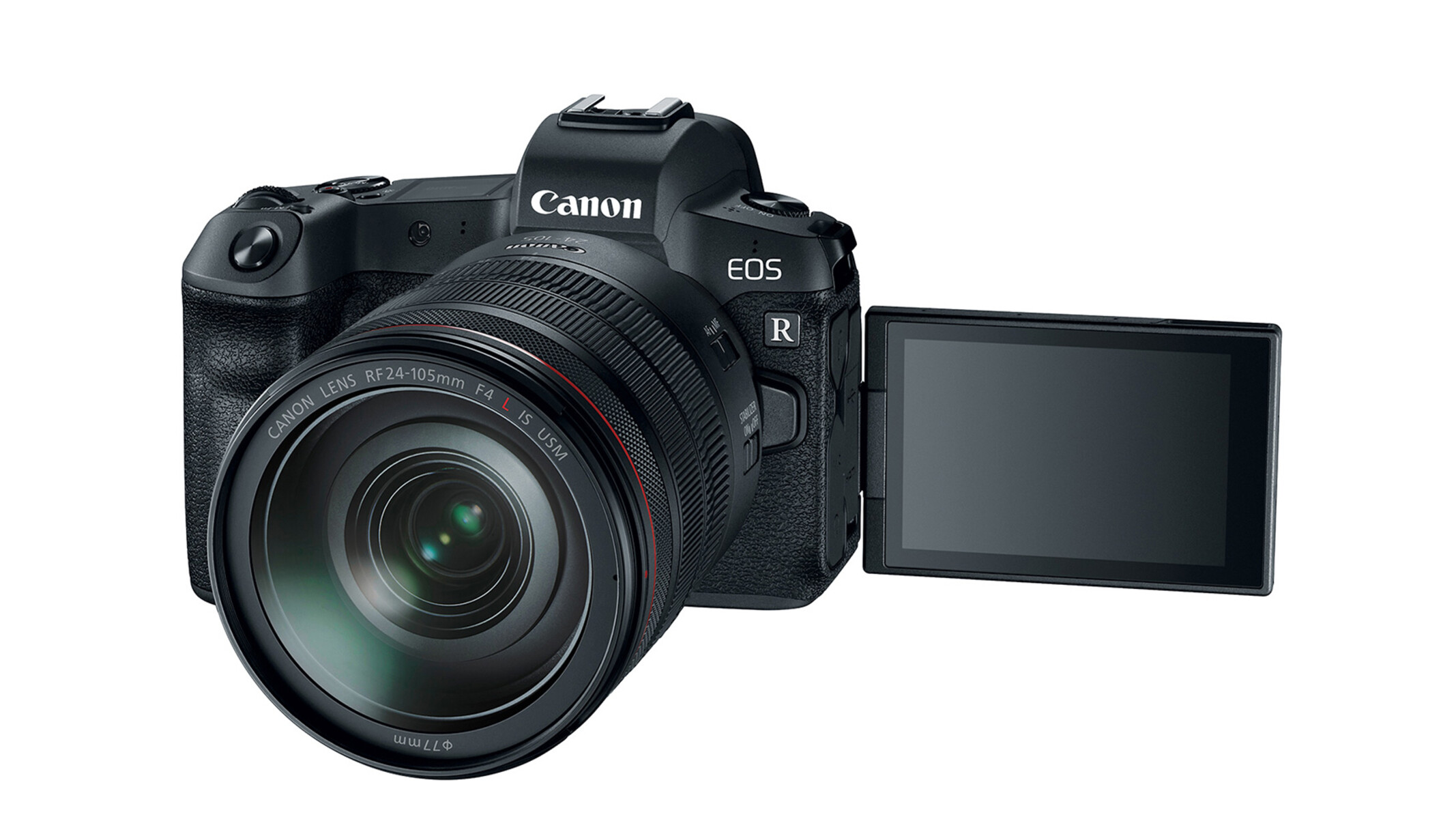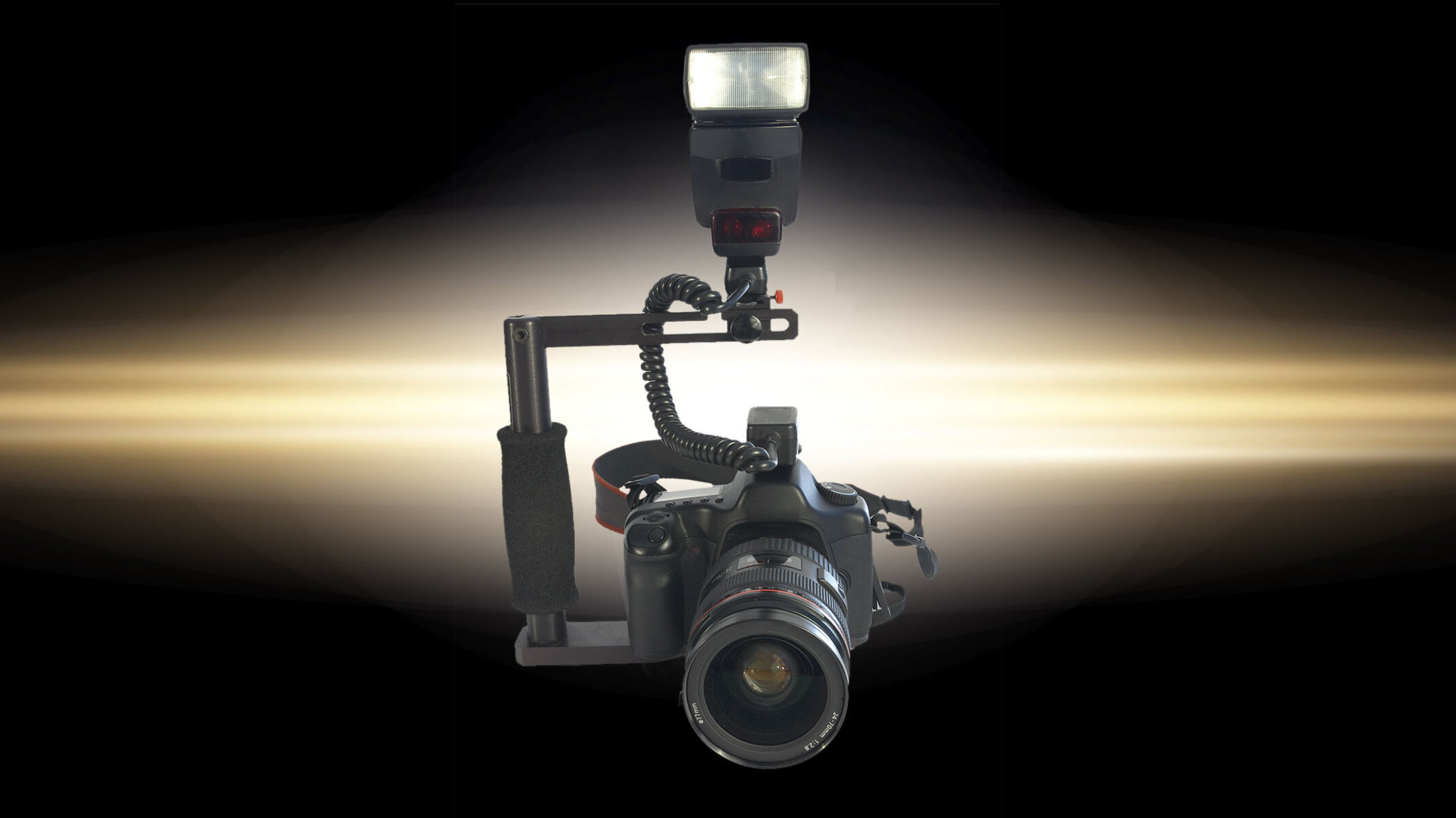Introduction
Embracing Innovation in Photography with Mirrorless Cameras
The world of photography has seen a significant transformation with the introduction of mirrorless cameras. These cutting-edge devices have revolutionized the way photographers capture images, offering a host of benefits and features that cater to both amateurs and professionals. Unlike traditional DSLR cameras, mirrorless cameras do not employ a mirror mechanism to reflect light into an optical viewfinder. Instead, they utilize digital displays or electronic viewfinders to provide a real-time preview of the image. This innovative technology has paved the way for a more compact, lightweight, and versatile alternative to conventional cameras.
The rise of mirrorless cameras has sparked a wave of excitement among photography enthusiasts, prompting them to explore the endless possibilities offered by these advanced devices. Whether you are a seasoned professional seeking a portable yet powerful tool for your creative pursuits or an amateur photographer eager to elevate your skills, understanding the intricacies of mirrorless cameras is essential for harnessing their full potential.
In this article, we will delve into the world of mirrorless cameras, unraveling their inner workings and shedding light on the myriad benefits they offer. Furthermore, we will explore valuable tips and techniques for capturing stunning images with these innovative devices, empowering you to unleash your creativity and capture breathtaking moments with unparalleled precision. Join us on this captivating journey as we embark on a quest to unlock the secrets of mirrorless cameras and elevate your photography experience to new heights.
Understanding Mirrorless Cameras
Revolutionizing Photography with Advanced Technology
At the heart of a mirrorless camera lies a groundbreaking technological innovation that sets it apart from traditional DSLR cameras. Unlike DSLRs, which employ a complex system of mirrors to direct light to an optical viewfinder, mirrorless cameras feature a simplified, mirror-free design. This streamlined construction allows light to pass directly through the lens and onto the image sensor, where it is then processed and displayed in real time on an electronic viewfinder or LCD screen.
One of the defining characteristics of mirrorless cameras is their compact and lightweight form factor. By eliminating the bulky mirror and prism found in DSLRs, mirrorless cameras offer a more portable and travel-friendly option for photographers. This reduction in size and weight makes mirrorless cameras an attractive choice for professionals and enthusiasts who prioritize mobility and versatility without compromising on image quality.
Another key aspect of mirrorless cameras is their silent shooting capability. Unlike DSLRs, which produce noticeable shutter sounds during operation, mirrorless cameras utilize electronic shutters that operate silently, enabling photographers to capture moments discreetly without disturbing the surroundings. This feature is particularly advantageous in environments where noise may be a concern, such as during quiet events or intimate gatherings.
Furthermore, the absence of a mirror mechanism in mirrorless cameras contributes to a faster and more accurate autofocus system. With advanced autofocus technologies and the ability to cover a larger area of the frame, mirrorless cameras excel in capturing fast-moving subjects with precision and clarity. This enhanced autofocus performance makes mirrorless cameras well-suited for dynamic photography genres such as sports, wildlife, and action photography.
By gaining a deeper understanding of the innovative design and capabilities of mirrorless cameras, photographers can harness the full potential of these cutting-edge devices and explore new horizons in the art of image capture.
Advantages of Using a Mirrorless Camera
Unleashing the Power of Innovation in Photography
Mirrorless cameras offer a plethora of advantages that cater to the diverse needs and preferences of photographers, positioning them as formidable contenders in the realm of digital imaging. One of the most compelling advantages of mirrorless cameras is their compact and lightweight design. Unlike traditional DSLRs, which often feature a bulky body due to the presence of a mirror and prism, mirrorless cameras are inherently more portable and convenient for on-the-go shooting. This streamlined form factor makes them an ideal choice for travel, street photography, and everyday use, enabling photographers to capture moments with ease and agility.
Furthermore, the absence of a mirror mechanism in mirrorless cameras contributes to a quieter shooting experience. The use of electronic shutters in mirrorless cameras allows for silent operation, making them well-suited for scenarios where discretion is paramount. Whether capturing candid shots in a tranquil setting or documenting events that require minimal disruption, the silent shooting capability of mirrorless cameras provides photographers with a discreet and unobtrusive way to preserve fleeting moments.
Another notable advantage of mirrorless cameras is their real-time exposure preview through electronic viewfinders or LCD screens. This feature empowers photographers to visualize the final image before pressing the shutter, enabling precise adjustments to exposure settings and composition. By offering a live view of the image with accurate exposure simulation, mirrorless cameras facilitate a seamless and intuitive shooting experience, allowing photographers to fine-tune their creative vision with confidence.
Additionally, mirrorless cameras are renowned for their advanced autofocus systems, which leverage cutting-edge technologies to deliver swift and precise focus in various shooting conditions. The enhanced autofocus performance of mirrorless cameras, coupled with the ability to track subjects with remarkable accuracy, makes them an invaluable tool for capturing fleeting moments and fast-paced action with unparalleled clarity.
By embracing the advantages of mirrorless cameras, photographers can elevate their craft, expand their creative horizons, and embark on a transformative journey in the realm of digital photography.
Tips for Capturing Great Images with a Mirrorless Camera
Unleashing Your Creative Potential with Proven Techniques
Mastering the art of capturing exceptional images with a mirrorless camera requires a blend of technical proficiency, creative vision, and a deep understanding of the camera’s capabilities. Whether you are a novice exploring the world of photography or a seasoned professional seeking to harness the full potential of a mirrorless camera, the following tips will empower you to elevate your imagery and unlock a world of creative possibilities.
1. Embrace Versatility with Interchangeable Lenses
One of the greatest advantages of mirrorless cameras is their compatibility with a wide range of interchangeable lenses, offering photographers the flexibility to adapt to diverse shooting scenarios. Experimenting with different lenses, such as wide-angle, telephoto, and prime lenses, allows you to explore unique perspectives, enhance visual storytelling, and capture stunning details with precision.
2. Leverage Electronic Viewfinders for Accurate Composition
Utilize the electronic viewfinder of your mirrorless camera to compose your shots with precision. Take advantage of the real-time exposure preview and focus peaking features to ensure optimal composition and sharpness, enabling you to create visually compelling images with confidence.
3. Harness the Power of Customizable Settings
Explore the customizable settings of your mirrorless camera to tailor the shooting experience to your preferences. Adjust parameters such as white balance, picture profiles, and custom function buttons to streamline your workflow and achieve consistent results that align with your creative vision.
4. Embrace the Art of Manual Focusing
Experiment with manual focusing techniques to fine-tune your control over the point of focus and achieve artistic depth in your images. Utilize focus peaking and magnification tools to attain precise focus, particularly when capturing intricate details and compelling close-up shots.
5. Optimize Exposure Settings for Dynamic Lighting Conditions
Master the art of exposure control by leveraging the dynamic range and exposure compensation features of your mirrorless camera. Adapt to varying lighting conditions, such as high contrast scenes or low-light environments, to achieve balanced exposures and preserve intricate details in your photographs.
6. Embrace the Freedom of Silent Shooting
Seize the opportunity to capture candid moments with discretion by utilizing the silent shooting capability of your mirrorless camera. Embrace the unobtrusive nature of silent operation to document authentic emotions and fleeting expressions without disrupting the natural flow of the scene.
By incorporating these tips into your photographic practice, you can harness the full potential of your mirrorless camera and embark on a captivating journey of visual storytelling, innovation, and artistic expression. Elevate your imagery, refine your technique, and immerse yourself in the boundless creativity that awaits within the realm of mirrorless photography.
Adjusting Settings for Different Lighting Conditions
Mastering the Art of Lighting Control for Stellar Imagery
Effective control of exposure settings is paramount when capturing images with a mirrorless camera, especially in diverse lighting conditions. By understanding how to adjust your camera settings to suit varying levels of light, you can ensure that your photographs maintain optimal exposure, detail, and visual impact across a spectrum of environments.
1. Managing High Contrast Scenes
When faced with high contrast lighting scenarios, such as bright sunlight and deep shadows, it is essential to employ exposure compensation to balance the exposure across the frame. Utilize the histogram display on your camera to gauge the distribution of tonal values and make informed adjustments to prevent overexposure or underexposure in critical areas of the image.
2. Embracing Low-Light Photography
For low-light conditions, leverage the inherent advantages of mirrorless cameras, such as their ability to deliver exceptional performance at high ISO settings. Experiment with higher ISO values to maintain adequate shutter speeds and aperture settings, allowing you to capture compelling low-light scenes with reduced noise and enhanced clarity.
3. Exploiting Dynamic Range Capabilities
Maximize the dynamic range capabilities of your mirrorless camera to retain detail in both highlight and shadow regions of the image. By adjusting the dynamic range settings and utilizing graduated neutral density filters when necessary, you can expand the tonal range of your photographs and preserve intricate textures and nuances in challenging lighting conditions.
4. Adapting to Mixed Lighting Environments
When confronted with mixed lighting sources, such as natural and artificial light coexisting within a scene, take advantage of the white balance control on your mirrorless camera to achieve accurate color representation. Fine-tune the white balance settings to neutralize color casts and maintain natural tonalities, ensuring that your images reflect the true ambiance of the environment.
5. Utilizing Exposure Bracketing for Precision
Employ exposure bracketing to capture a series of images at varying exposure levels, allowing you to select the optimal exposure during post-processing. This technique is particularly useful in challenging lighting conditions, enabling you to blend multiple exposures or select the ideal exposure to convey the desired mood and visual impact in your photographs.
By mastering the art of adjusting settings for different lighting conditions, photographers can elevate their craft, adapt to diverse environments, and unleash the full potential of their mirrorless cameras in capturing stunning imagery across a myriad of lighting scenarios.
Using the Viewfinder and LCD Screen Effectively
Maximizing the Potential of Visual Feedback for Precise Composition
The viewfinder and LCD screen of a mirrorless camera serve as indispensable tools for framing, composing, and reviewing images with precision and clarity. Understanding how to leverage these visual feedback mechanisms effectively empowers photographers to capture compelling shots, fine-tune compositions, and immerse themselves in the art of visual storytelling with unparalleled control.
1. Embracing the Benefits of Electronic Viewfinders
Electronic viewfinders (EVFs) offer a real-time, high-resolution preview of the scene, allowing photographers to assess exposure, composition, and focus accuracy with exceptional precision. By embracing the benefits of EVFs, such as exposure simulation, focus peaking, and customizable overlays, photographers can achieve optimal composition and exposure settings before capturing the image, resulting in a seamless and intuitive shooting experience.
2. Harnessing the Power of Live View on LCD Screens
The LCD screen of a mirrorless camera provides a live view of the scene, enabling photographers to compose shots from various angles and perspectives with ease. By harnessing the power of live view, photographers can explore creative compositions, adjust framing on the fly, and capture dynamic imagery with confidence, all while benefiting from real-time exposure feedback and visual guidance.
3. Leveraging Focus Magnification for Pinpoint Precision
Utilize the focus magnification feature available on the LCD screen or EVF to achieve pinpoint precision when manually focusing on subjects. By magnifying specific areas of the frame, photographers can attain critical focus with exceptional accuracy, particularly when capturing intricate details, fine textures, or subjects with shallow depth of field, ensuring that every element of the image is rendered with remarkable clarity.
4. Utilizing Gridlines and Overlays for Composition
Take advantage of gridlines, framing guides, and customizable overlays displayed on the viewfinder or LCD screen to achieve balanced and compelling compositions. By aligning elements within the frame, utilizing the rule of thirds, and leveraging visual aids for precise placement of subjects, photographers can create visually engaging images that resonate with viewers and convey a strong sense of visual harmony.
5. Reviewing Images with Clarity and Detail
After capturing images, utilize the high-resolution display of the LCD screen or EVF to review photographs with clarity and detail. Assess critical aspects such as sharpness, exposure, and color rendition, allowing you to make informed decisions about image selection, composition refinement, and potential adjustments for subsequent shots, ensuring that your vision is faithfully translated into the final imagery.
By mastering the effective use of the viewfinder and LCD screen, photographers can elevate their compositional prowess, refine their visual storytelling, and immerse themselves in a world of creative exploration, all while harnessing the full potential of their mirrorless cameras to capture captivating imagery with precision and finesse.
Conclusion
Elevating Your Photography Journey with Mirrorless Cameras
The realm of photography has been forever transformed by the advent of mirrorless cameras, ushering in an era of innovation, versatility, and boundless creative potential. As photographers embrace these cutting-edge devices, they embark on a captivating journey of visual exploration, empowered by a host of advantages and advanced features that redefine the art of image capture.
Understanding the inner workings of mirrorless cameras unveils a world of possibilities, from their compact and lightweight design to their silent shooting capability and real-time visual feedback through electronic viewfinders and LCD screens. By harnessing these features effectively, photographers can elevate their craft, adapt to diverse shooting scenarios, and immerse themselves in the art of visual storytelling with unparalleled control and precision.
From mastering exposure settings for different lighting conditions to leveraging interchangeable lenses and embracing the power of silent shooting, photographers can unlock a wealth of techniques and strategies for capturing exceptional imagery with mirrorless cameras. By embracing these tips and techniques, photographers can transcend the boundaries of traditional photography, expand their creative horizons, and venture into uncharted territories of artistic expression.
As the photography landscape continues to evolve, mirrorless cameras stand as a testament to the relentless pursuit of innovation and the unyielding spirit of creativity. They offer a gateway to a world where imagination knows no bounds, where visual narratives unfold with captivating clarity, and where every moment becomes an opportunity to capture the extraordinary.
So, whether you are a seasoned professional seeking to redefine your approach to photography or an aspiring enthusiast eager to embark on a transformative creative journey, the realm of mirrorless cameras beckons with open arms, inviting you to embrace the future of image capture and chart a course toward unparalleled visual excellence.
With each click of the shutter, with every frame that materializes on the LCD screen, the story of mirrorless cameras unfolds—a story of innovation, empowerment, and the timeless pursuit of visual mastery. Embrace this narrative, seize the tools at your disposal, and embark on a photography journey that transcends boundaries, defies expectations, and captures the essence of the world with unparalleled clarity and grace.







